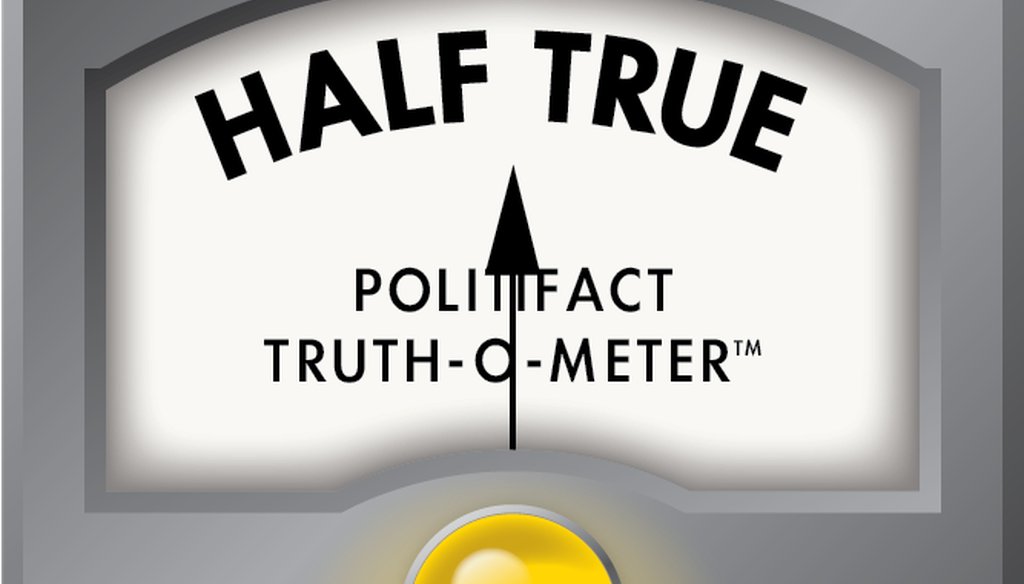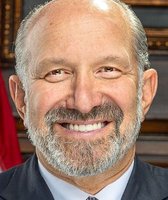Get PolitiFact in your inbox.

Our March fact-checks of statements about Planned Parenthood and the Women’s Health Program both received a Half True rating.
In a single day, the state’s effort to exclude Planned Parenthood health centers from a state-run family planning program went from on hold to moving forward again.
On April 30, 2012, a federal judge issued a preliminary injunction barring the state from dropping Planned Parenthood health centers that do not perform abortions from serving as providers in the Women’s Health Program, which provides birth control and health screenings to low-income women. Later that same day, according to an Austin American-Statesman blog post, a federal appeals court judge temporarily granted the state’s request to have the injunction lifted.
The stay means Texas can stop reimbursing Planned Parenthood centers for patients treated as part of the program, according to the blog post.
As this dispute plays out in the courts, we look back at two earlier Truth-O-Meter items testing the accuracy of two statements — one from Gov. Rick Perry and the other from five Democratic Texas House members — about Planned Parenthood’s level of involvement in the program.
In March, we fact-checked this tweet by Perry: "In FY 2010, nearly 80% of women served received WHP services from non Planned Parenthood providers."
Sign up for PolitiFact texts
That claim earned a Half True.
On its face, Perry’s statement was accurate: Nearly 80 percent of the women served in the program in fiscal 2010 received a service from a non-Planned Parenthood provider. However, Perry’s statement implied that 8 in 10 program beneficiaries did not visit Planned Parenthood clinics, and that’s off-base. Thirty-two percent of the women swept up in the 80 percent statistic were also served by Planned Parenthood. And it’s likely that in some of those cases, the only contact a woman had with a non-Planned Parenthood provider was the processing of her lab work.
The available state data show that 54 percent of Women’s Health Program clients in fiscal 2010 received all their services from a provider not linked to Planned Parenthood.
The statement from the Democratic legislators that we fact-checked also received a rating of Half True. In a commentary in the March 6, 2012, Austin American-Statesman, Austin state Reps. Elliott Naishtat, Dawnna Dukes, Eddie Rodriguez, Mark Strama and Donna Howard wrote that "nearly 45 percent of the women who receive health screenings through this program do so at a Planned Parenthood health center."
Our effort to fact-check that statement proved difficult because the state had not crunched the data on where Women’s Health Program participants had received health screenings.
State data did show that 46 percent of the program’s clients went to a Planned Parenthood clinic in fiscal 2010, but the Democrats’ statement implied that 46 percent of women relied on Planned Parenthood exclusively for screenings, and that might not be so. Some women included in the 46 percent could have had screenings at a different kind of clinic, though (again) such details were not available.
For updates on the legal dispute, keep an eye on the Statesman’s Postcards blog.
Our Sources
Austin American-Statesman, blog post, "Appeals court stays Planned Parenthood ruling," May 1, 2012
See related statements















































